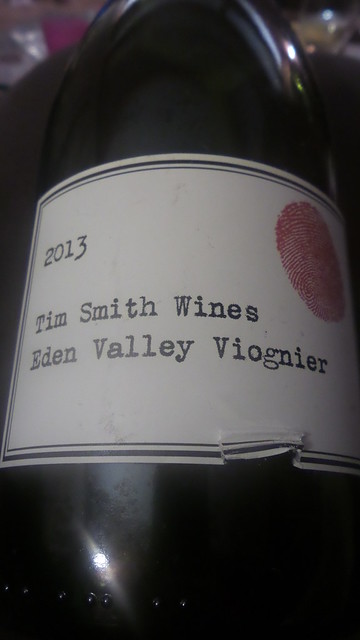Viognier is a grape I have a hard time getting along with so I was actually quite excited when the revamped WSET Level 2 syllabus included a Viognier in its tasting list. Now I have a legitimate excuse to try (hopefully) a range of Viogniers and see if I can come to terms with it.
This has worked in the past – I used to find Italian whites really dull but I persisted in drinking or tasting them and finally had a moment of epiphany with a Roero Arneis and from then on in it’s been a (somewhat qualified) love affair.
I used to flat out not like Viognier until I tasted a Condrieu at a wine dinner when I lived in the UK. Unfortunately, the wine retailed for around the £30-40 mark (sadly I can’t remember what it was or I’d tell you the Australian price and that would be even less affordable) and helped me make the decision I like expensive Viognier (!) and subsequently not really bother.
Viognier is a white grape which is grown in the northern Rhône, alongside Shiraz (Syrah). In the northern Rhône it may be co-fermented with Shiraz (such as in the wines of Côte Rôtie), produce single varietal whites (Condrieu, Château Grillet) or be made into white Rhône blends alongside Marsanne and Roussanne. Outside of the Rhône it is also found used in much the same way (indeed, in Australia Canberra’s Clonakilla pioneered the Rhône style Shiraz co-ferment). Really interestingly, DNA profiling suggests that Viognier is actually a grandparent of Shiraz*.
Teaching hat on – if I had to use one descriptor to describe Viognier it would be apricot. If you don’t like apricots, this is possibly not a grape variety for you!
I was really pleased with this wine (spoiler alert – subject to availability I’ll be using it again) – it shows off all the Viognier characteristics and is an all round lovely drink. The class responded equally enthusiastically so you don’t just have to take my word for it!
It is also cracking value.
The wine
In the glass, pale in colour and somewhere between straw and gold.
The nose was quite pronounced, showing stewed and tinned apricot, honey, and spices such as ginger and white pepper. The apricot was however, the dominant characteristic here.
The palate was again all about that stewed apricot but backed up with some spice. It had a lovely weight and mouth feel with definite richness and a slight oiliness. There was good persistent acidity and that pulled the spice all the way through to the end.
Tim Smith Wines, purchased from the Ed Cellars, $26.
Screwcap.
13% abv.
* Wine Grapes, by Robinson, Harding & Vouillamoz.
